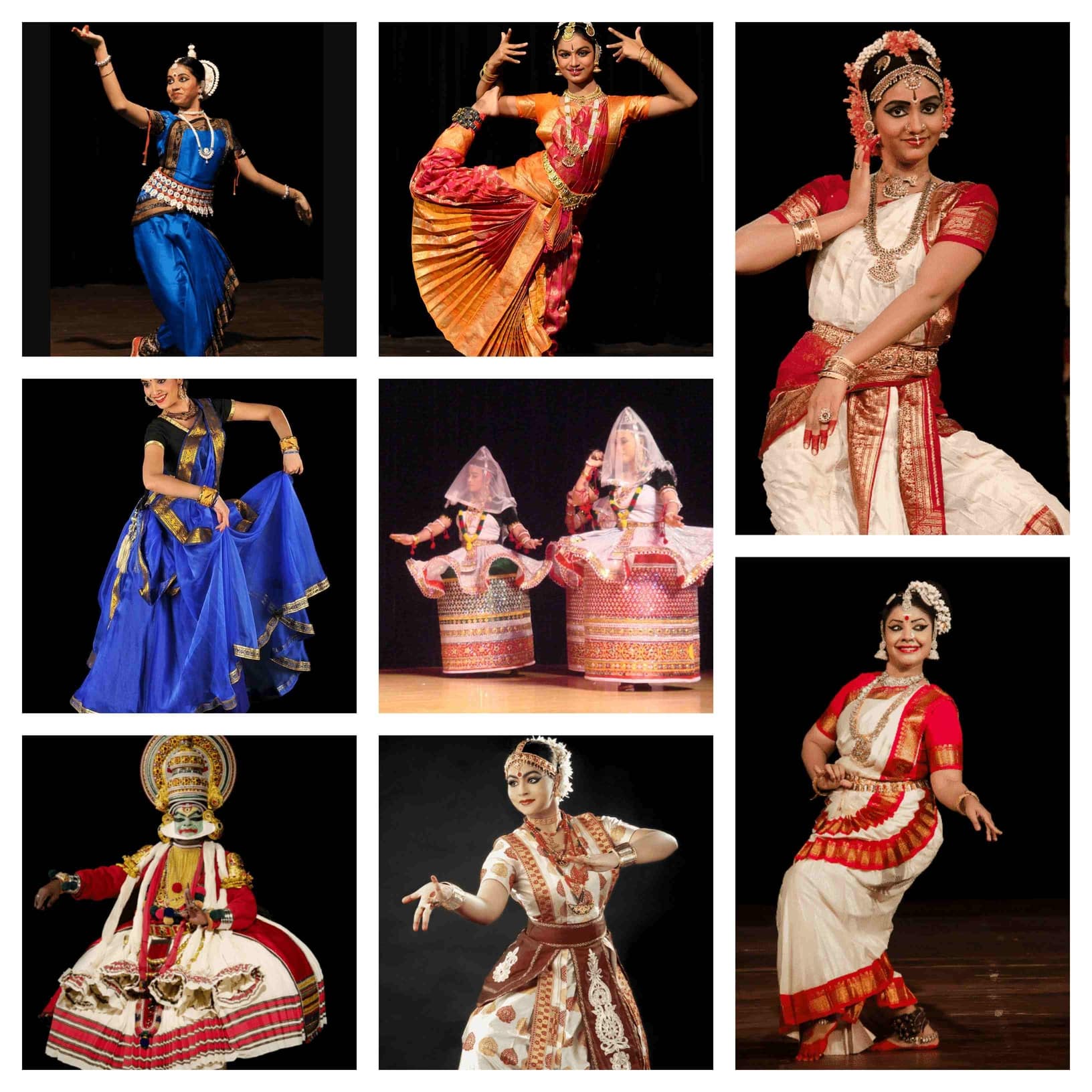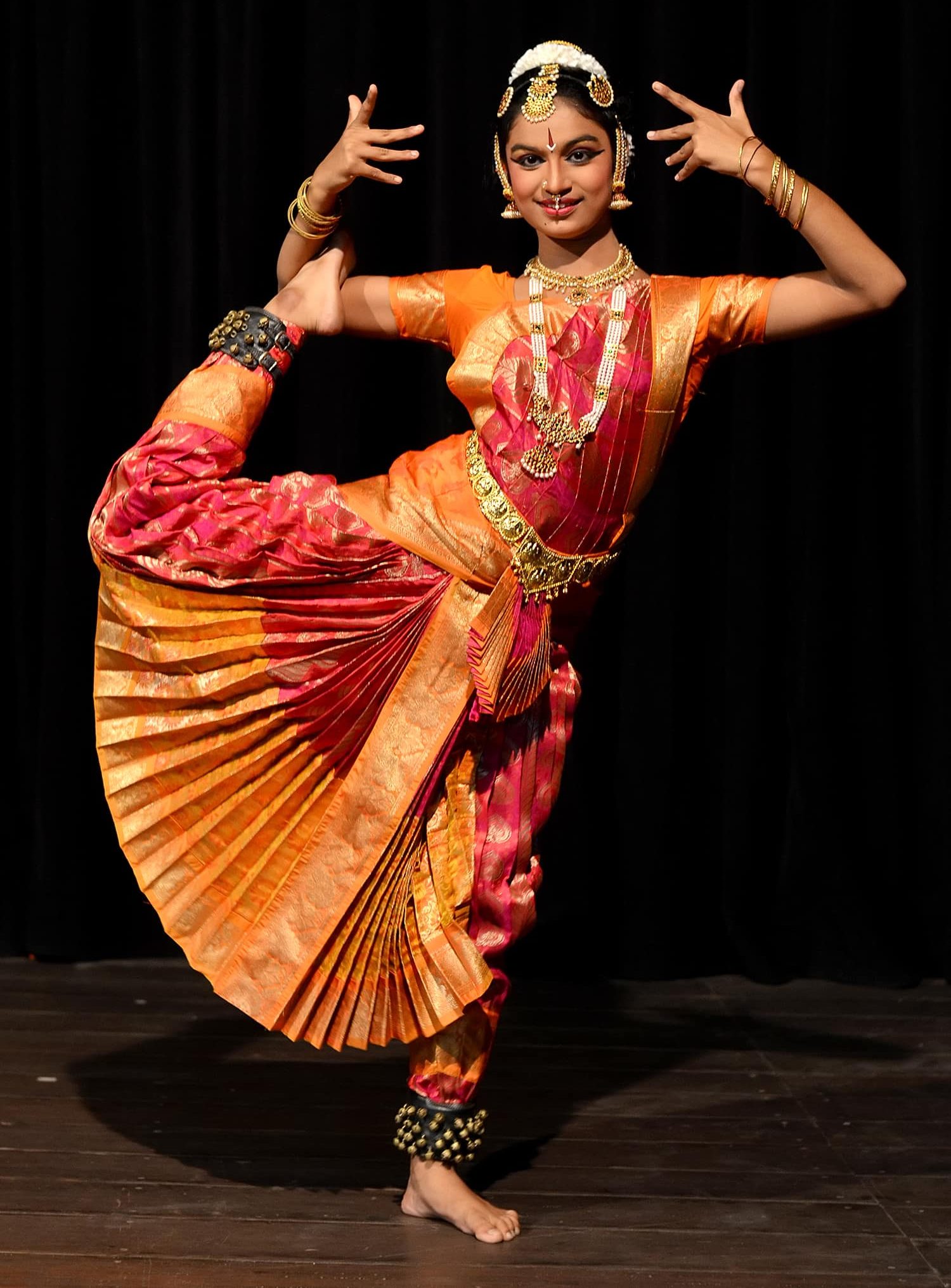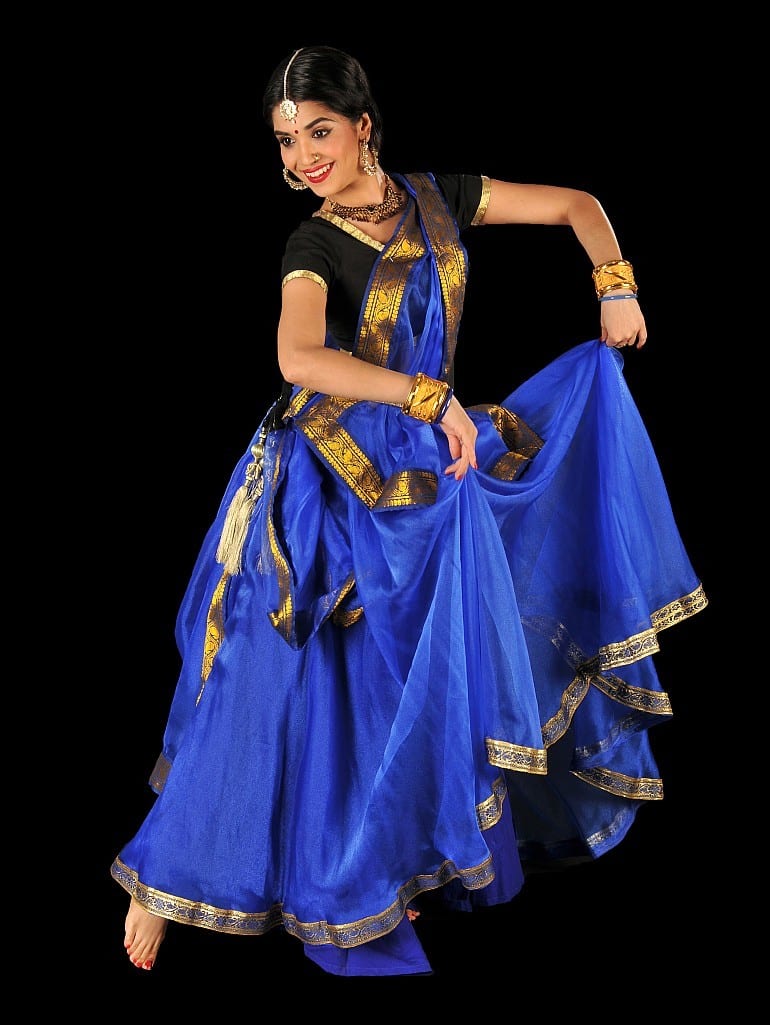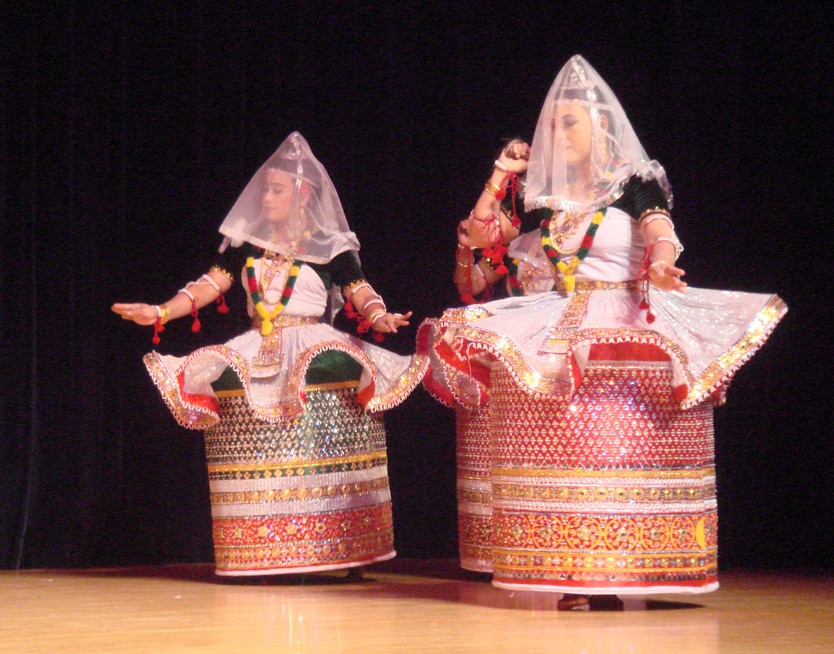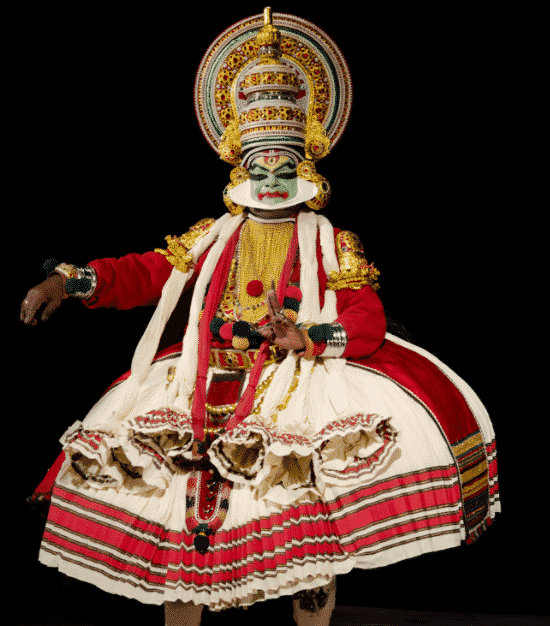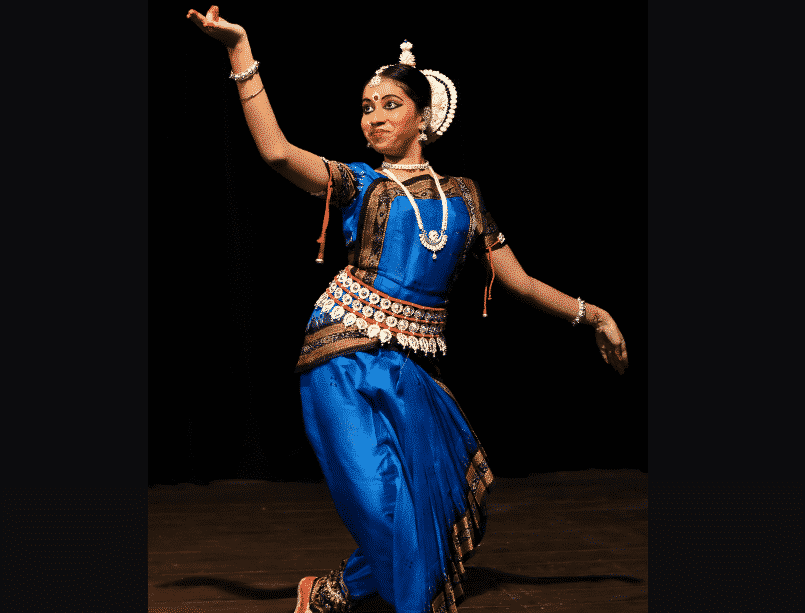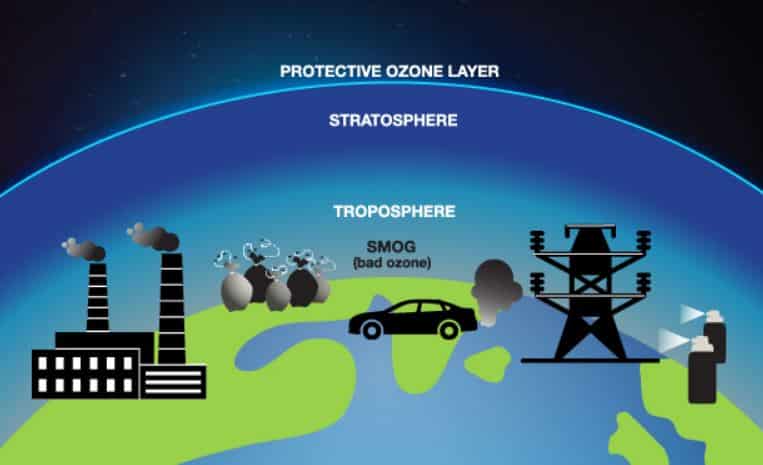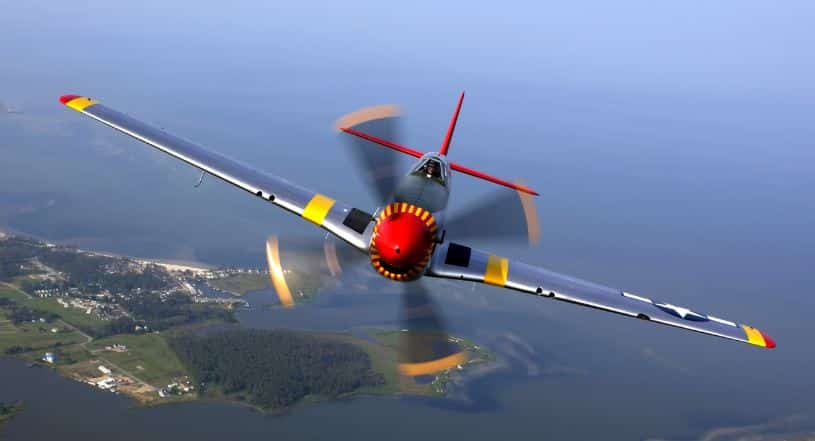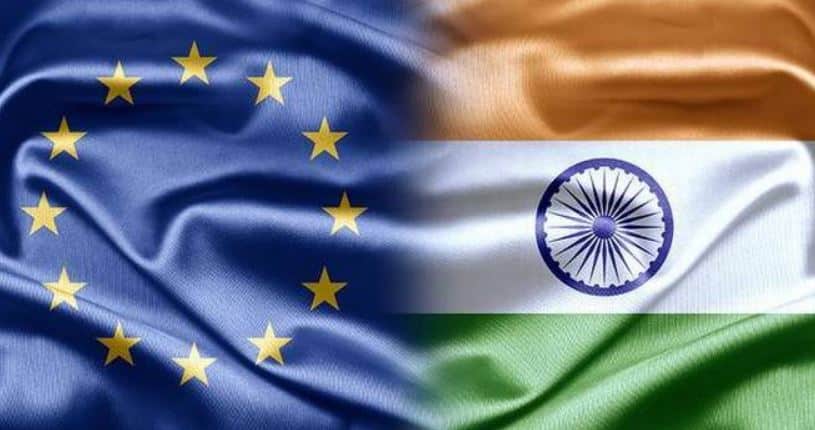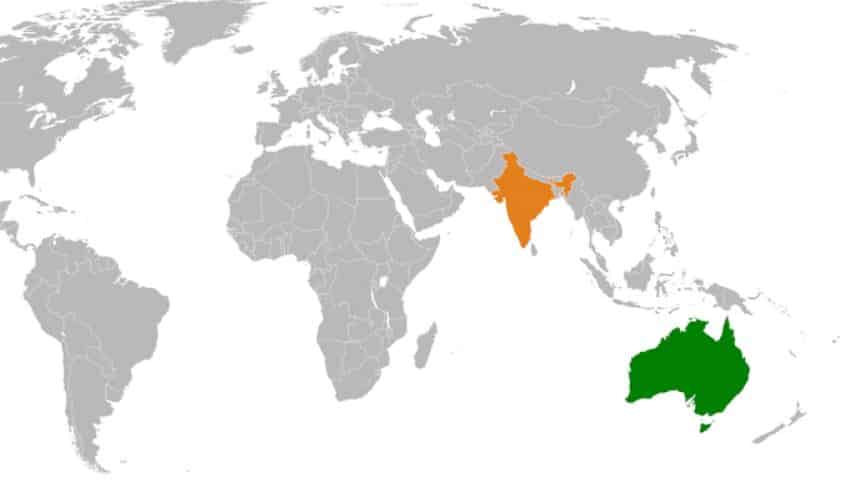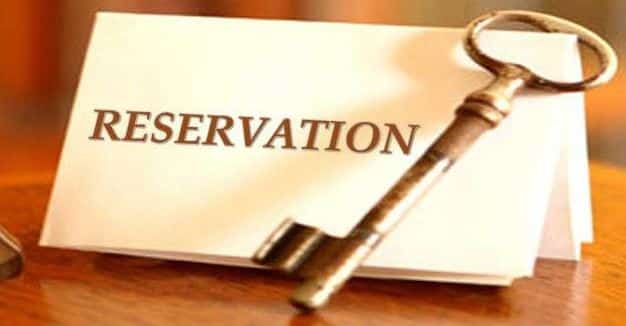Table of Contents
All Classical Dance forms of India | UPSC – IAS
Dance in India has a rich and vital tradition dating back to ancient times. Excavations, inscriptions, chronicles, genealogies of kings and artists, literary sources, sculpture and painting of different periods provide extensive evidence on dance.
Myths and legends also support the view that dance had a significant place in the religious and social life of the Indian people. However, it is not easy to trace the precise history and evolution of the various dances known as the ‘art’ or ‘classical’ forms popular today.
- Each form represents the culture and ethos of a particular region or a group of people. Classical dances recognized by the Government of India are: Bharatnatyam, Kathakali, Kuchipudi, Kathak, Manipuri, Odissi and Sattriya.
Indian classical dances are dances of the mind and soul and are extremely traditional. It is very sensuous but the experience of ananda (bliss) it evokes is very spiritual.
- Rasa (mood or flavour) as the cause of ananda (bliss) is considered fundamental essence of beauty and harmony in Indian aesthetics.
- Vibhava (cause of emotion), anubhava (effect of emotion) and sanchari or vyabhichari bhava (subordinate emotions) constitute the state of rasa.
- These in their respective order change the Sthayi Bhava (primary emotion) into rasa or bliss.
All dance forms are thus structured around the nine rasas or emotions:
- Adbhuta (wonder)
- Shanta (serenity)
- Bhaya (fear)
- Hasya (happiness)
- Karuna (compassion)
- Shoka (sorrow)
- Viram (courage)
- Krodha (anger)
- Bhibasta (disgust)
Classical dances of india state wise | UPSC – IAS
All dance forms follow the same hand gestures or hasta mudras for each of these rasas. Indian dance is divided into nritta – the rhythmic elements, nritya – the combination of rhythm with expression and natya – the dramatic element (also Rules of classical dance in india).
The three aspects – the Nritta, the Nritya and the Natya lay at the heart of each of these forms.
- The Nritta is a rhythmic sequence that ends in either singing or in lyrics reciting.
- The Nritya is a sum of rhythmic patterns each following a certain pantomimic interpretation (or abhinaya)
- The Natya is a complete dance drama with a storyline and various characters.
India offers different types of classical dances in India, each of which can be traced to different parts of the country. The Sangeet Natak Akademi currently confers classical status on eight Indian classical dance styles:
Bharatanatyam Dance from Tamil Nadu | UPSC – IAS
- Bharatanatyam is a classical Indian dance form originating in Tamil Nadu.
- Bharatanatyam is considered to be over 2000 years old. In Bharata Muni’s Natya Shastra Bharatanatyam is described as ekaharya in which one dancer depicts many roles. Siva as Nataraja, the Lord of Dance is depicted in various dance forms.
- Bharatnatyam leans heavily on the abhinaya or mime aspect of dance – the nritya, where the dancer
expresses the sahitya through movement and mime (gestures and facial expression). - Bharatanatyam is usually accompanied by the classical music.
- BHA- Bhava (Expression), RA- Raga (Music) and TA- Tala (Rhythm) Bharatanatyam is a traditional dance form known for its grace, purity, tenderness, and sculpturesque poses.
- It is practiced by male and female dancers.
Noted Bharatanatyam exponents are: Rukmini Devi Arundale, Mallika Sarabhai, Yamini Krishnamurthy
Kuchipudi Dance from Andhra Pradesh | UPSC – IAS
- Kuchipudi is originally from Andhra Pradesh.
- Its evolution can be traced to traditional dance – drama, known under the generic name of Yakshagaana.
- It originated in the seventh century AD.
- In 17th century A.D. Siddhendra Yogi, a talented Vaishnava poet, conceived Kuchipudi style of Yakshagaana. It begins with an invocation to Lord Ganesha followed by nritta (non-narrative and abstract dancing);
shabdam (narrative dancing) and natya. - The dance is accompanied by song which is typically Carnatic music. The singer is accompanied by mridangam (a classical South Indian percussion instrument), violin, fluteand the tambura.
- Like other classical dances, Kuchipudi also comprises pure dance, mime and histrionics but it is the use of speech that distinguishes Kuchipudi’s presentation as dance drama.
Noted Kuchipudi exponents are: Raja Reddy and Radha reddy, Sonal Mansingh, Yamini Krishnamurthy
Kathak Dance from Uttar Pradesh | UPSC – IAS
- Kathak dance is originally from Uttar Pradesh. It is a combination of music, dance and narrative.
- The name Kathak is derived from the Sanskrit word katha meaning story. This dance form traces its origins to the nomadic bards of ancient northern India, known as Kathaks, or storytellers.
- The present day Kathak dance mainly depends on the medieval period Ras Lila, a local dance in the Braj region of Uttar Pradesh.
- Eventually popular Kathak became highly stylised in both Hindu and Muslim courts and came to be regarded as a sophisticated form of entertainment.
- There are three major schools or gharanas of Kathak from which performers today generally draw their lineage
Lucknow Gharana:
- It came into existence mainly in the court of Nawab Wajid Ali Shah the ruler of Awadh in the early
19th century. - It is characterized by graceful movements, elegance and natural poise with dance. Artistically
designed dance compositions, emotive vocal compositions like thumri-s, dadra-s, hori-s along
with abhinaya (expressional acting) and creative improvisions are the hallmarks of this style. - Pandit Briju Maharaj is considered the chief representative of this gharana.
Jaipur Gharana:
- The Jaipur Gharana developed in the courts of the Kachchwaha kings of Jaipur in Rajasthan.
- Importance is placed on the more technical aspects of dance, such as complex and powerful
footwork, multiple spins, and complicated compositions in different talas. - There is also a greater incorporation of compositions from the pakhawaj, such as parans.
Benares Gharana:
- The Benares Gharana was developed by Janakiprasad.
- It is characterized by the exclusive use of the natwari or dance bols, which are different from the
tabla and the pakhawaj bols. - There are differences in the thaat and tatkaar, and chakkars are kept at a minimum but are often
taken from both the right- and the left-hand sides with equal confidence. - There is also a greater use of the floor, for example, in the taking of sam.
Noted Kathak exponents are: Shambhu Maharaj, Sitara Devi, Pandit Birju Maharaj
Manipuri Dance from Manipur | UPSC – IAS
- Manipuri, one of the classical dances of India, originated in Manipur, the north-eastern state of India.
- The people of Manipur have been protected from outside influences, and able to retain their unique traditional culture. Manipuri dance is associated with rituals and traditional festivals.
- The cult of Radha and Krishna, particularly the raslila, is central to its themes but the dances, unusually, incorporate the characteristic symbols (kartal or manjira) and double-headed drum (pung or Manipuri mridang) of sankirtan into the visual performance.
- The most popular forms of Manipuri dance are the Ras, the Sankirtana and the Thang-Ta.
- In Manipuri Ras, the main characters are Radha, Krishna and the gopis.The themes often depict the pangs of separation of the gopis and Radha from Krishna.
- The Kirtan form of congregational singing accompanies the dance which is known as Sankirtana in Manipur. The male dancers play the Pung and Kartal while dancing. The masculine aspect of dance – the Choloms is a part of the Sankirtana tradition.
- The martial dancers of Manipur – the Thang-ta – have their origins in the days when man’s survival depended on his ability to defend himself from wild animals.Today, Manipur has an evolved and sophisticated repertoire of martial dances, the dancers use swords, spears and shields. Real fight scenes between the dancers show an extensive training and control of the body.
Noted exponents:- of Manipuri are: L Bino Devi, Darshana Zhaveri
Kathakali Dance from Kerala | UPSC – IAS
- Kathakali has evolved from many social and religious theatrical forms of Kerala.
- It is a blend of dance, music and acting and dramatizes stories, which are mostly adapted from the Indian epics. Poet Vallathol, composed the classical Kathakali dance form.
- It is a highly stylized classical Indian dance-drama noted for the attractive makeup of characters, elaborate costumes, detailed gestures and well-defined body movements presented in tune with the anchor playback music and complementary percussion.
Kathakali is considered to be a combination of five elements of fine art:
- Expressions (Natyam, the component with emphasis on facial expressions)
- Dance (Nritham, the component of dance with emphasis on rhythm and movement of hands, legs and body)
- Enactment (Nrithyam, the element of drama with emphasis on “mudras”, which are hand gestures)
- Song/vocal accompaniment (Geetha)
- Instrument accompaniment (Vadyam)
Noted Kathakali exponents are: Kalamandalam Ramankutty Nair, Kalamandalam Gopi, Madavoor Vasudevan Nair
Odissi Dance from Odisha | UPSC – IAS
- Odissi, originally from Orissa, is a dance of love and passion touching on the divine and the human, the sublime and the mundane.
- It is the oldest surviving dance form of India on the basis of archaeological evidences.
- This dance is characterized by various Bhangas (Stance), which involves stamping of the foot and striking various postures as seen in Indian sculptures. The common Bhangas are Bhanga, Abanga, Atibhanga and Tribhanga.
- The techniques of movement are built around the two basic postures of the Chowk and the Tribhanga. The chowk is a position imitating a square – a very masculine stance with the weight of the body equally balanced. The tribhanga is a very feminine stance where the body is deflected at the neck, torso and the knees.
- The Odissi tradition existed in three schools:
A. Mahari
- – Maharis were Oriya devadasis or temple girls, their name deriving from Maha (great) and Nari or
Mahri (chosen) particularly those at the temple of Jagganath at Puri. - – Early Maharis performed mainly Nritta (pure dance) and Abhinaya (interpretation of poetry) based
on Mantras and Slokas. Later, Maharis especially performed dance sequences based on the lyrics
of Jayadev’s Gita Govinda.
B. Gotipua
- – Gotipuas were boys dressed up as girls and taught the dance by the Maharis.
- – During this period, Vaishnava poets composed innumerable lyrics in Oriya dedicated to Radha and
Krishna.
C. Nartaki
- – Nartaki dance took place in the royal courts.
- – During the British time the misuse of devadasis came under strong attack, so that Odissi dance withered in the temples and became unfashionable at court. Only the remnants of the Gotipua school remained.
Noted Odissi exponents are: Kelucharan Mohapatra, Sonal Mansingh
Mohiniyattam Dance from Kerala | UPSC – IAS
- It is a classical dance form from Kerala.
- It is considered a very graceful form of dance meant to be performed as solo recitals by women.
- The term Mohiniyattam comes from the words “Mohini” meaning a woman who enchants onlookers and “aattam” meaning graceful and sensuous body movements. The word “Mohiniyattam” literally means “dance of the enchantress”.
- There are two stories of the Lord Vishnu disguised as a Mohini. In one, he appears as Mohini to lure the asuras (demons) away from the amrita (nectar of immortality) obtained during the churning of the palazhi or Ocean of Milk. In the second story Vishnu appears as Mohini to save Lord Shiva from the demon Bhasmasura.
- The dance involves the swaying of broad hips and the gentle movements of erect posture from side to side. This is reminiscent of the swinging of the palm leaves and the gently flowing rivers which abound Kerala.
- There are approximately 40 basic movements, known as atavukal.
- The vocal music of Mohiniyattam involves variations in rhythmic structure known as chollu.
Noted exponents of Mohiniyattam are: T. Chinnammu Amma, Kalamandalam Sugandhi
Sattriya Dance from Assam | UPSC – IAS
- The Sattriya dance form was introduced in the 15th century A.D by the great Vaishnava saint and reformer of Assam, Mahapurusha Sankaradeva as a powerful medium for propagation of the Vaishnava faith.
- Sankaradeva introduced this dance form by incorporating different elements from various treatises,then prevalent dance forms and local folk dances combined with his own rare outlook.
- Sattriya dance is a clear indication of the influence of the former on the latter. Other visible influences on Sattriya dance are those from Assamese folk dances namely Bihu, Bodos etc
- Many hand gestures and rhythmic syllables are strikingly similar in these dance forms.
Noted Sattriya exponents are: Indira PP Bora, Maniram Datta Moktar

